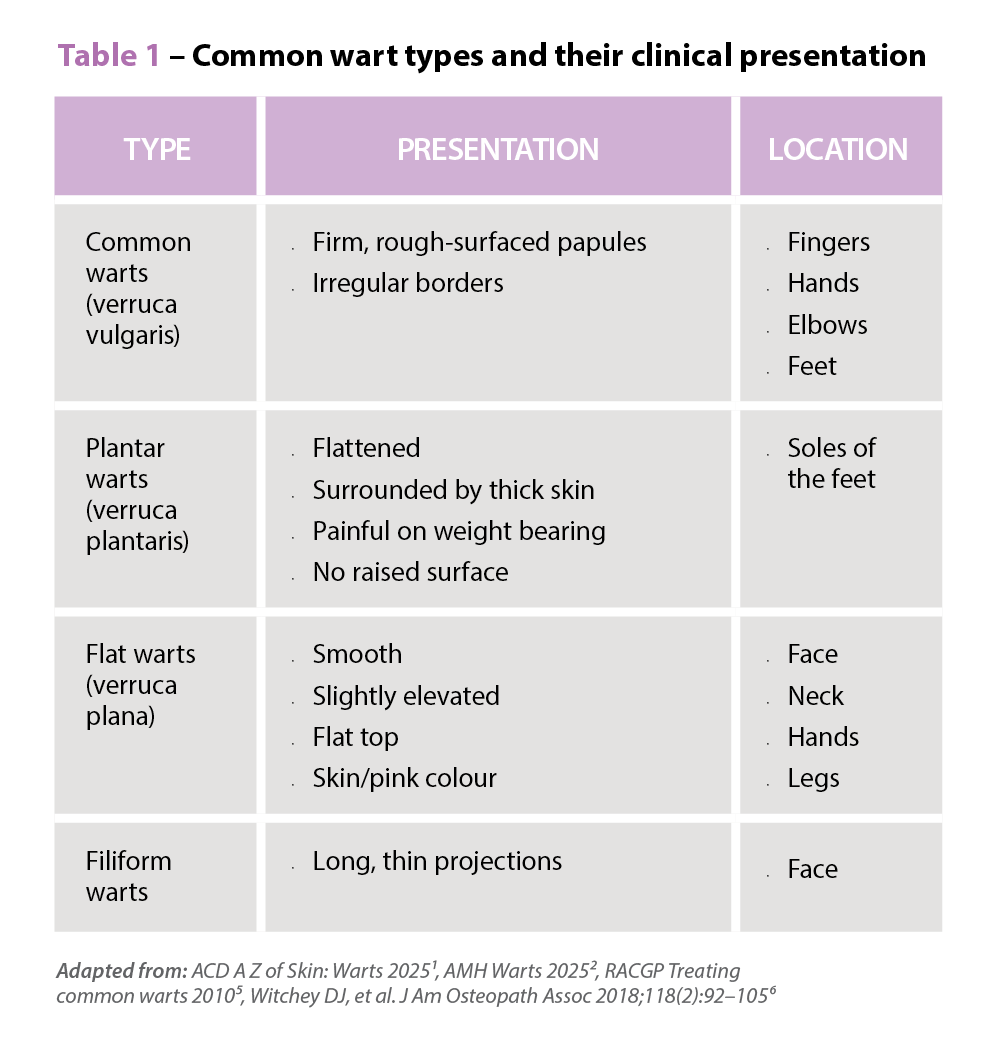Case scenario
Malcolm (68 years old, male) visits your pharmacy with a new prescription for sacubitril/valsartan. He mentions he has recently been diagnosed with heart failure with reduced ejection fraction (HFrEF). You review his records and confirm he is still taking metformin/sitagliptin for type 2 diabetes. Malcolm explains that he has taken this for many years, and that his general practitioner has advised him that his blood glucose control needs to be better. He expresses frustration that the shortness of breath from his heart failure limits his ability to exercise and improve his diabetes. Malcolm hopes that starting this new medicine will improve this.
After reading this article, pharmacists should be able to:
Competency standards (2016) addressed: 1.1, 1.4, 1.5, 2.2, 3.1, 3.2, 3.5 Accreditation number: CAP2504CDMCP Accreditation expiry: 31/03/2028 |
Already read the CPD in the journal? Scroll to the bottom to SUBMIT ANSWERS.
Introduction
Heart failure is a clinical syndrome caused by the inability of the heart muscle to provide adequate cardiac output and/or the presence of increased cardiac pressure. This is due to either a structural or functional abnormality of the heart.1 The clinical syndrome consists of symptoms such as breathlessness and fatigue and may be accompanied by signs of fluid accumula
THIS IS A CPD ARTICLE. YOU NEED TO BE A PSA MEMBER AND LOGGED IN TO READ MORE.




 Symptoms
Symptoms












